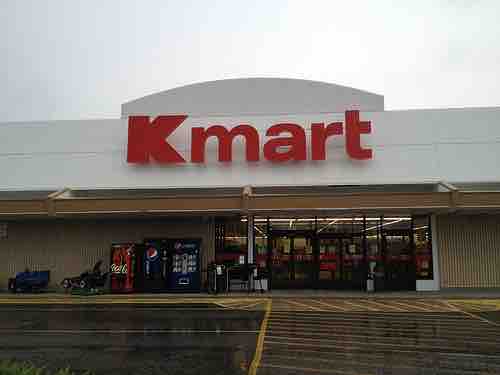Price Competition
Once a business decides to use price as a primary competitive strategy, there are many well-established tools and techniques that can be employed. The pricing process normally begins with a decision about the company's pricing approach to the market.
Approaches to the Market
Price is a very important decision criteria that customers use to compare alternatives. It also contributes to the company's position. In general, a business can price itself to match its competition, price higher, or price lower. Each has its pros and cons.
Pricing to Meet Competition
Many organizations attempt to establish prices that, on average, are the same as those set by their more important competitors. Automobiles of the same size that feature equivalent equipment tend to have similar prices. This strategy means that the organization uses price as an indicator or baseline. Quality in production, better service, creativity in advertising, or some other element of the marketing mix are used to attract customers who are interested in products in a particular price category.
The keys to implementing a strategy of meeting competitive prices are an accurate definition of competition and a knowledge of competitor's prices. A maker of hand-crafted leather shoes is not in competition with mass producers. If this artisan attempts to compete with mass producers on price, higher production costs will make the business unprofitable. A more realistic definition of competition for this purpose would be other makers of hand-crafted leather shoes. After defining this competition, knowing their prices would allow the artisan to put this pricing strategy into effect. Banks shop with competitive banks every day to check their prices.
Pricing Above Competitors
Pricing above competitors can be rewarding to organizations, provided that the objectives of the policy are clearly understood. The marketing mix must also be used to develop a strategy that enables management to implement the policy successfully.
Pricing above competition generally requires a clear advantage on some nonprice element of the marketing mix. In some cases, it is possible due to a high price-quality association on the part of potential buyers. Such an assumption is increasingly dangerous in today's information-rich environment. Consumer Reports and other similar publications make objective product comparisons much simpler for the consumer. There are also hundreds of dot.com companies that provide objective price comparisons. The key is to prove to customers that your product justifies a premium price.
Pricing Below Competitors
While some firms are positioned to price above competition, others wish to carve out a market niche by pricing below competitors. The goal of such a policy is to realize a large sales volume through a lower price. By controlling costs and reducing services, these firms are able to earn an acceptable profit, even though profit per unit is usually less.
Such a strategy can be effective if a significant segment of the market is price-sensitive and or the organization's cost structure is lower than competitors. Costs can be reduced by increased efficiency, economies of scale, or by reducing or eliminating such things as credit, delivery, and advertising. For example, if a firm could replace its sales force in the field with telemarketing or online access, this function might be performed at a lower cost. Such reductions often involve some loss in effectiveness, so the tradeoff must be considered carefully.
Historically, one of the worst outcomes that can result from pricing lower than a competitor is a price war. Price wars usually occur when a business believes that price-cutting produces increased market share, but does not have a true cost advantage. Price wars are often caused by companies misreading or misunderstanding competitors. Typically, price wars are overreactions to threats that either are not there at all or are not as big as they seem.
Another possible drawback when pricing below competition is the company's inability to raise price or image. A retailer such as K-mart, known as a discount chain, found it impossible to reposition itself as a provider of designer women's clothes . In keeping with this idea, can you imagine Swatch selling a 3,000 dollar watch?

Kmart
Kmart discovered that it is hard to go upscale when you're known for low prices.
How can companies cope with the pressure created by reduced prices? Some are redesigning products for ease and speed of manufacturing or reducing costly features that their customers do not value. Other companies are reducing rebates and discounts in favor of stable, everyday low prices (ELP). In all cases, these companies are seeking shelter from pricing pressures that come from the discount mania that has been common in the US for the last two decades.